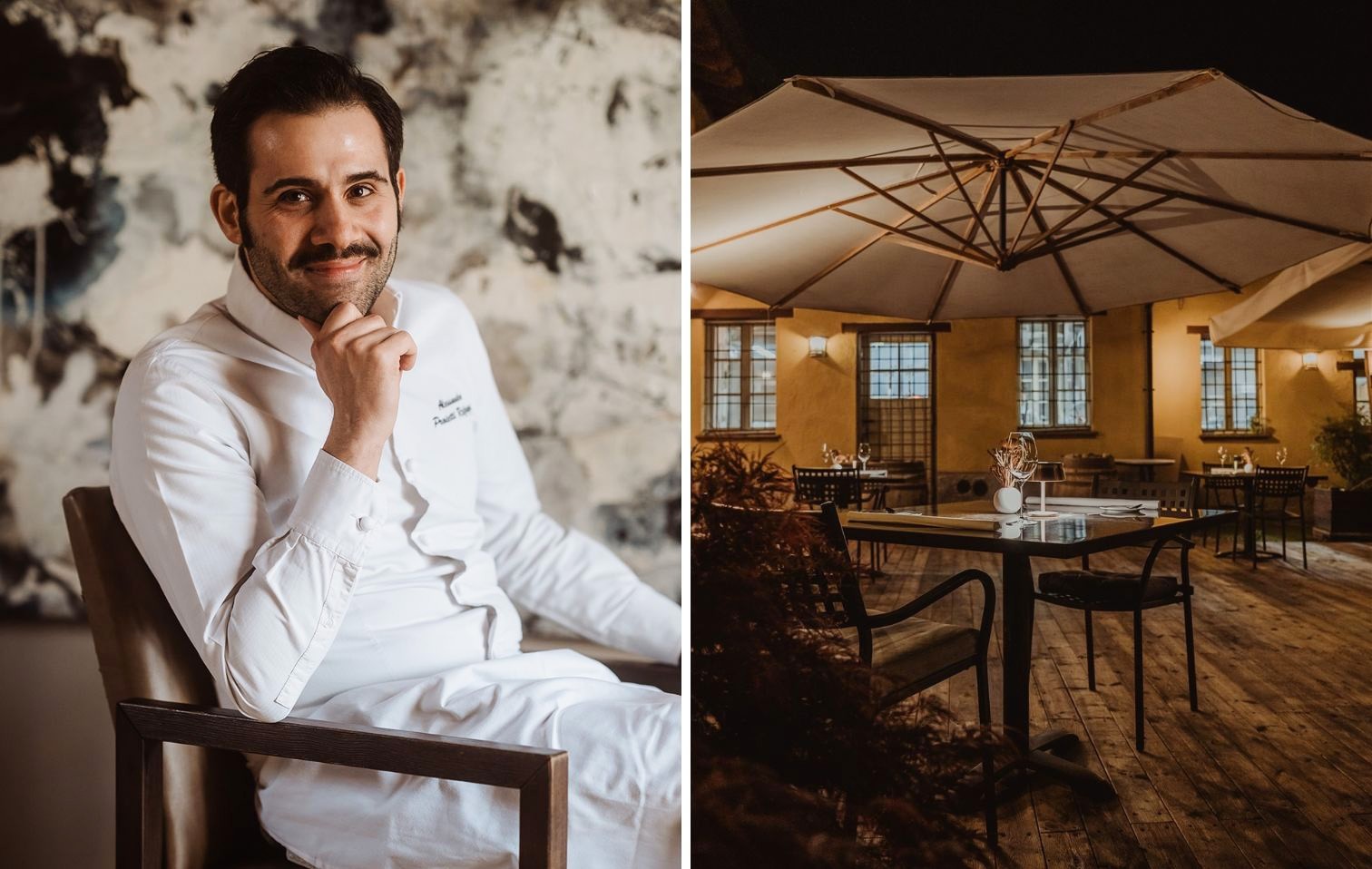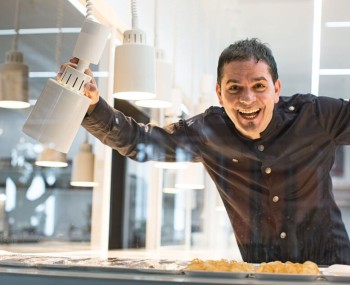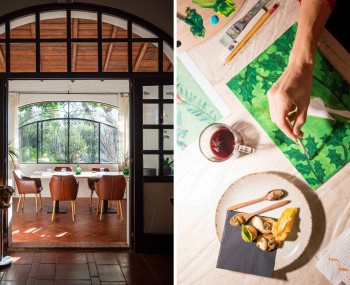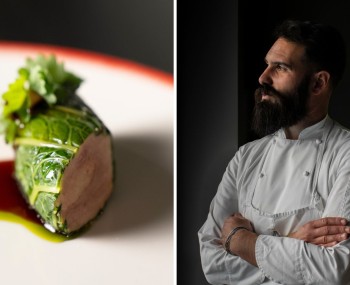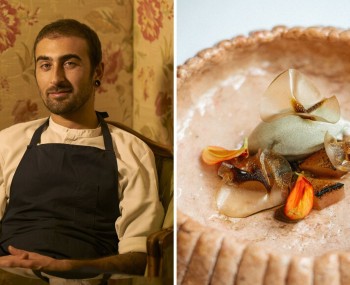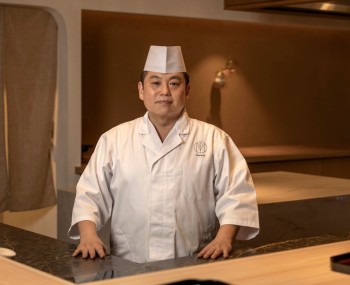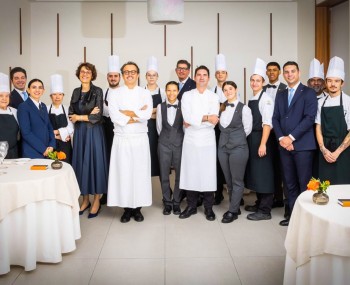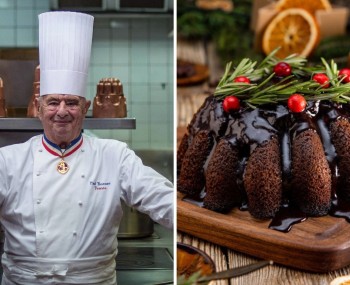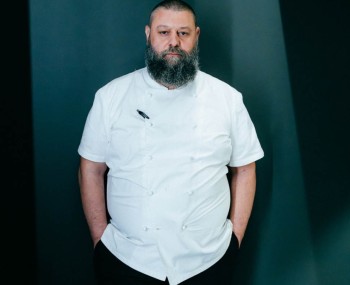From an ancient farmhouse to a Michelin-star restaurant, La Coldana is the new gourmet star illuminating Lodi: on the city's outskirts shines the talent of Alessandro Proietti Refrigeri.
Photos by Polij Pietro and Valentina
The Restaurant
The Michelin Guide always highlights a dish that particularly impressed its inspectors. For once, we agree with the highlighted choice. For the Guide, the dish "Turnips, Roots, and Vegetables" symbolizes the very reason a journey to the outskirts of Lodi is worthwhile. It's a pity that this dish has followed Chef Alessandro Proietti Refrigeri for over seven years, a dish that predates the recent vegetable trend by two years, which many restaurants have adapted to without much thought as to why.

At La Coldana, which recently celebrated the first anniversary of its new direction, the focus on vegetables is genuine and, let us say, part of both Alessandro's and his partner and pastry chef Giulia Seveso's tradition. How can a chef be creative, astonish hungry or famished clients, if what he's cooking is a hastily thought-out recipe, driven by the anxiety of needing to have something on the menu by necessity or perceived as innovative? Alessandro is not one to chase trends; rather, he follows his idea of tradition and sustainable dining.
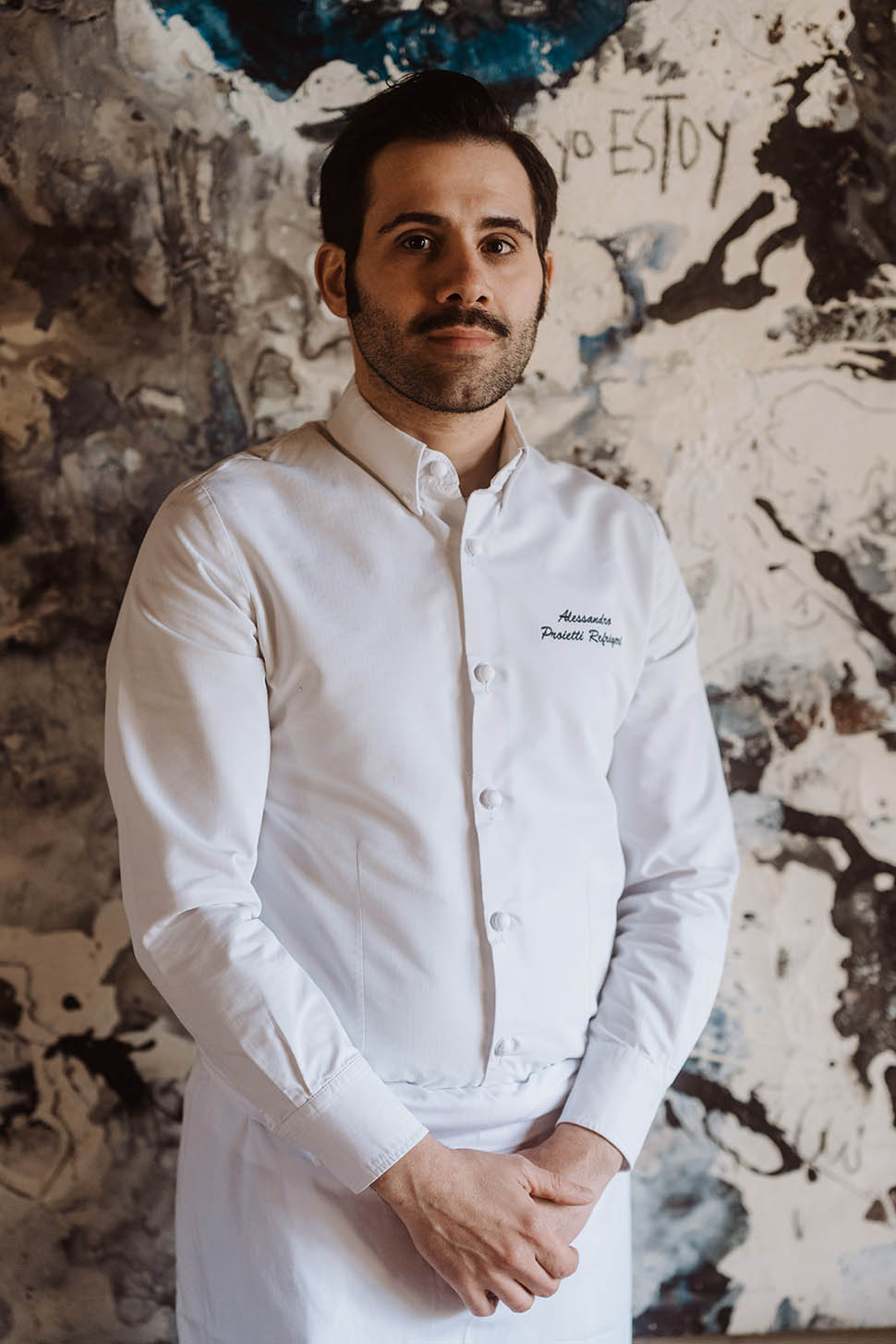
He chose the province again, after Villa Naj in Stradella, to stay close - but not too close - to the dazzling lights of Milan. He agreed to partner with two owners of a restaurant-discotheque that, during COVID, hosted more than 1500 people on weekends. He believed in a farmhouse that could entertain in a completely different way, as Alessandro Ferrandi, one of the two partners, also tells us.
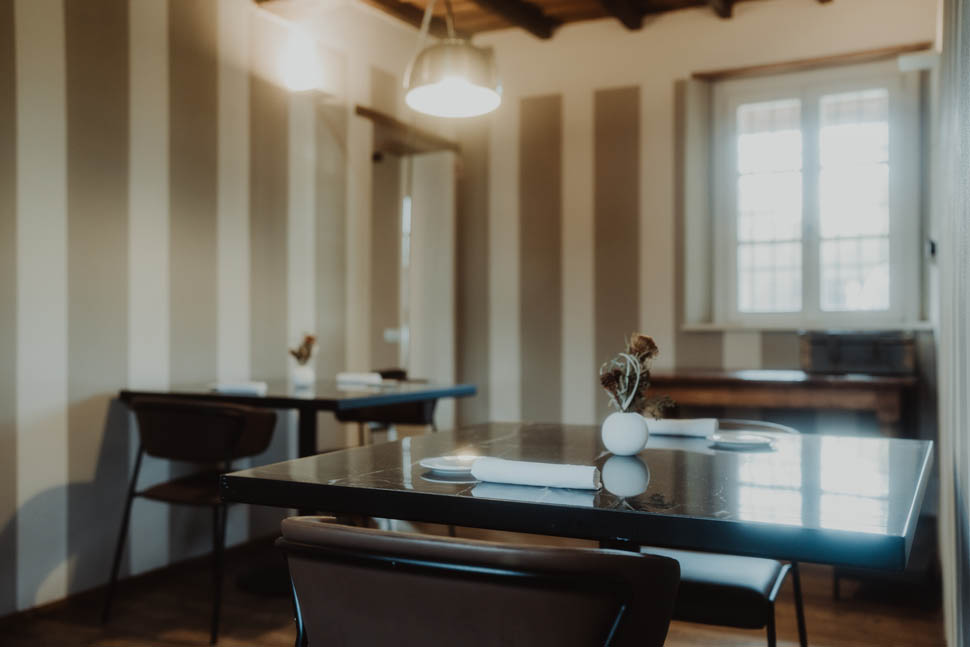
"Together with my partner Fabrizio, we took over La Coldana 12 years ago; the restaurant was already there, we added events and a disco. It was a bistro with a very important wine list. Due to age and the arrival of children, we decided to change direction; we have always liked to eat and drink well. We met the chef on LinkedIn, and we matched, sharing a similar vision both on a human level and in terms of the project. Alessandro was the missing figure that made us and the staff who were already here take the leap. Many stayed, accepting the challenge. In the kitchen, there's a lot of technique. Never arrogant, always understandable. There's only one truly conceptual dish, the vegetable one, but it still falls into the category of good or bad, a category we can all use."
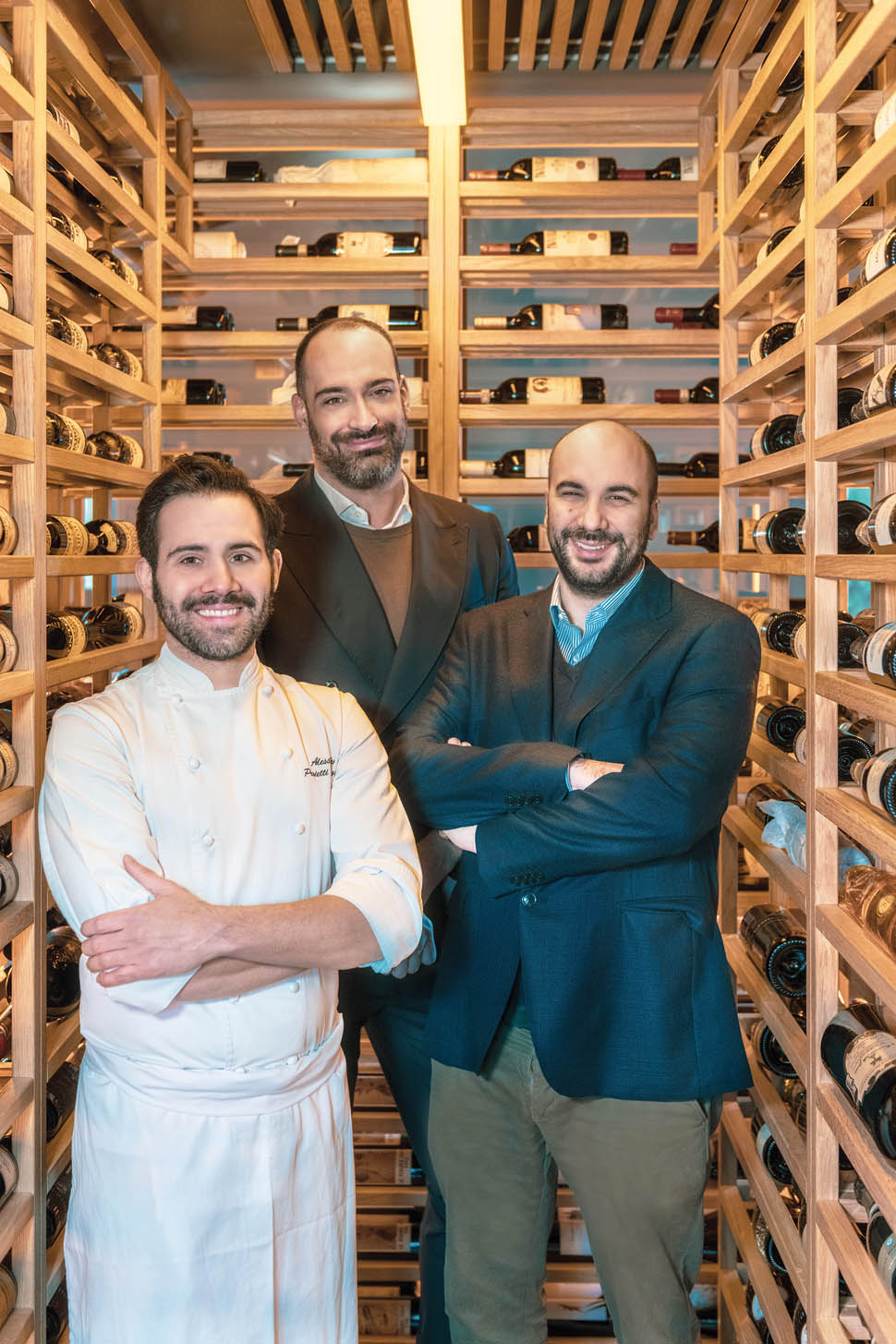

Changing approach mid-course is never easy. A waiter's attention must skyrocket, as do the steps to the table, which on average become 20-25 compared to half that in a more casual establishment. The staff at La Coldana reacted very well, adopting the new fine dining attire without much effort. At first, it seemed a bit too formal to us. White gloves, even without tablecloths. Gradually, it became more informal, following the good practice of "reading the table," which leads to the waiter adapting to the type of customer. With us, you could afford a joke, engage in dialogue, seek depth.
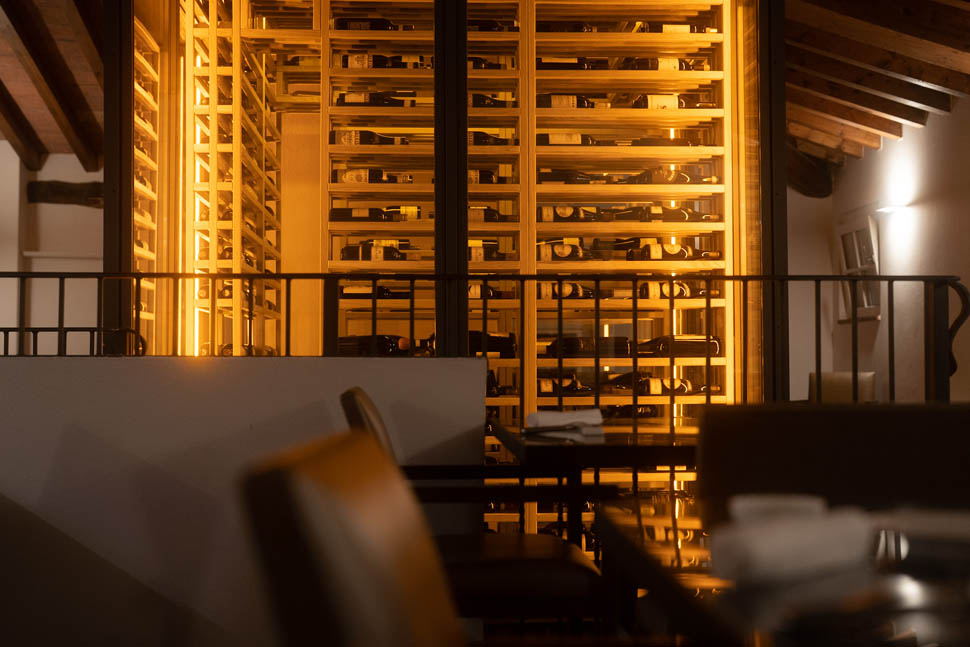
Alessandro Proietti Refrigeri is a business-savvy chef, fully aware that a restaurant with 10 tables only stands if there's an economic lung for the gastronomic side. An events area above the bar and another kitchen separate from the main one. For the future, there's already a sense of change: reducing to 8 tables, removing the events area, and working on parallel projects. "I like working on roots and traditions, to evolve them. In Copenhagen, there's no gastronomic tradition, they worked on nothing and created a tradition." Before starting to work in the kitchen, Alessandro and his partners toured the territory to meet suppliers. This tour gave birth to the Km 30 project, showcasing how sustainability comes from proximity and valorization of the territory.
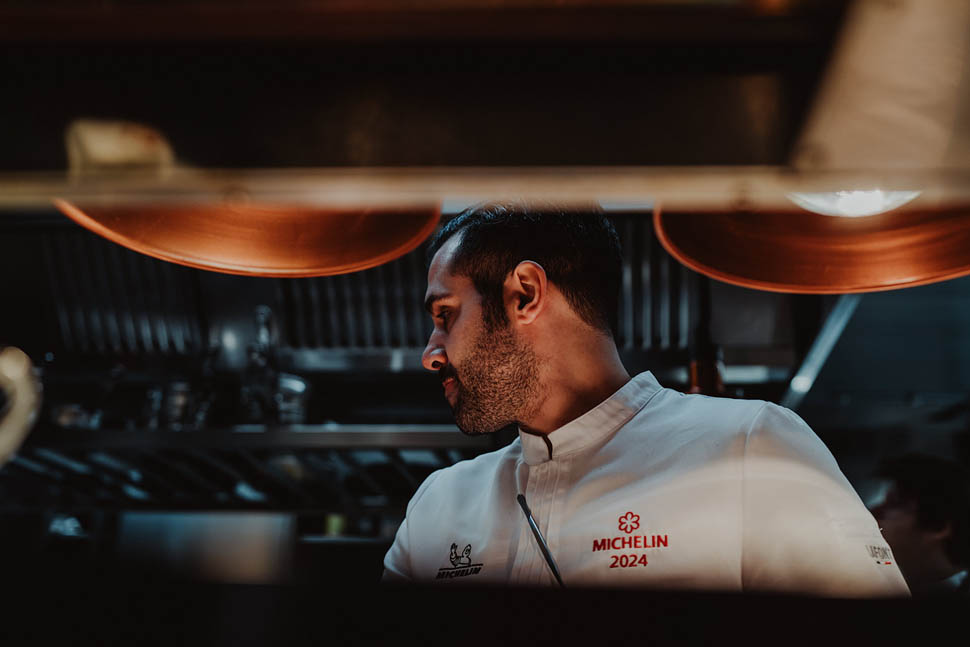
Just as Martina Geroni developed, after many attempts, the 40 cm diameter plate that accommodates all the vegetables of Turnips, roots, vegetables. Or Alberto Capra who continues his father's "California" pigeon breeding. Or even the Ittico Paradiso park, a small oasis of biodiversity where you can observe more than 25 different species of freshwater fish. Here Alessandro takes caviar, char, and freshwater sea bass. Not to mention Cascina Carena for cheeses or the historic Molino Pagani for flours.
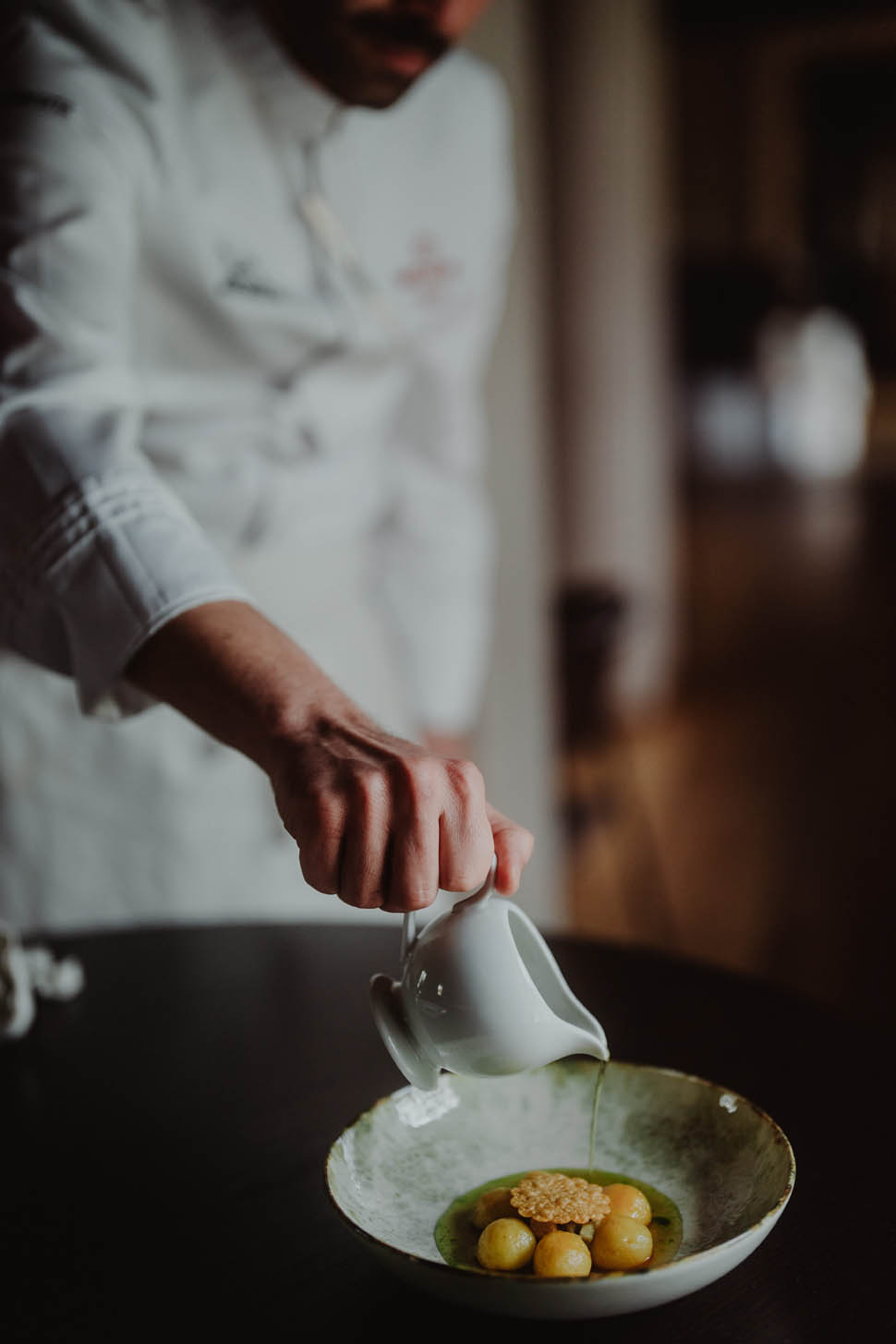
"For me, it's neither a constraint nor a forced choice. Rather, it's an added value, for the freshness of the product and the control I can have over it. Alberto's pigeons, just ten minutes from here, I'm the only one who gets them, twenty a week. With him, a relationship has been created. I've always cooked pigeon, only the goodness of his pigeon is total compared to the French one, which by the way takes ten days to arrive and costs five times as much. I tasted the Panerone for the first time last year, immediately I thought of pairing it with wild boar ragu and bay leaf oil."
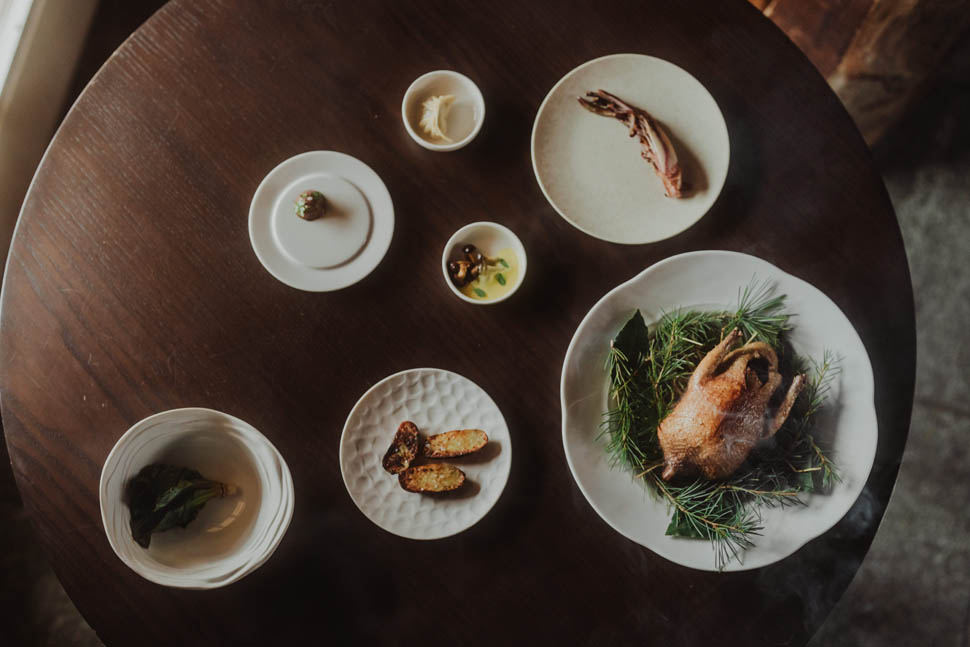
The Dishes
The most iconic dish is certainly Turnips, roots, vegetables, a green spiral that is both a game and a lesson in seasonal mindfulness and palate education. The dish arrives at the end of the tasting, before the pre-dessert. Here we could resume our light controversy about the meaning of the pre-dessert, but we'll overlook it. We'll just say that this dish is a perfect pre-dessert, also considering the dessert that follows, always based on vegetables. The micro-vegetable tastings are thirty-two, they change according to the seasons and micro-seasons. For this dish, Alessandro had a second pass installed in the kitchen, as it takes a good quarter of an hour to assemble it. And almost as long to eat it. The steps are one surprise after another, a rollercoaster of all the taste sensations we have on our tongues. Scallion! Leek and barley, Chicory and candied citron, Pickled radish, Radicchio in red fruit vinegar. Small acts that represent the theater of nature, a board game to bring anyone closer to the richness of vegetables, not just vegetarians or vegans who clearly rejoice.
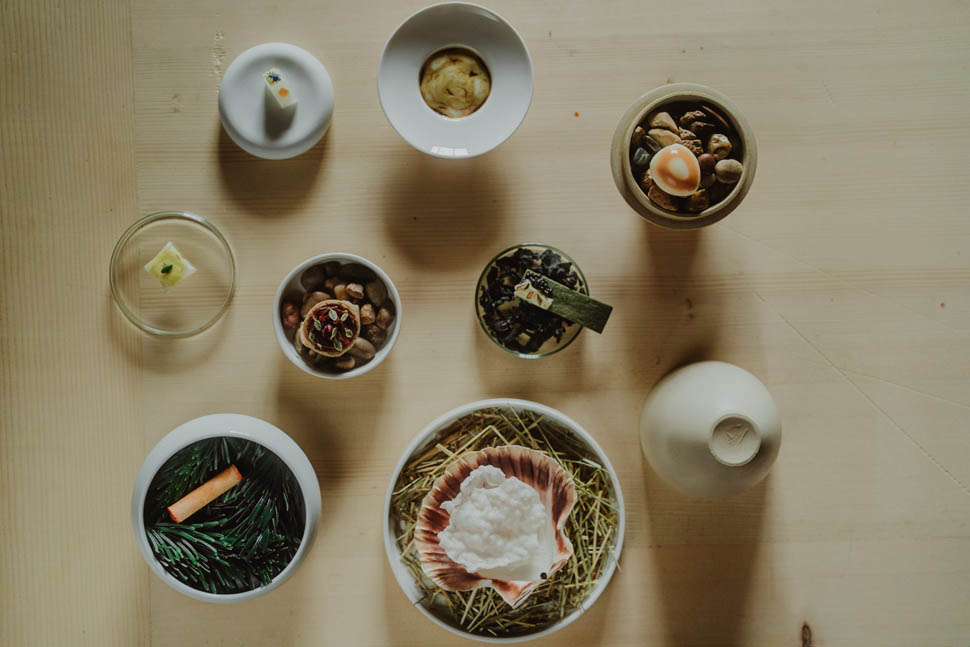
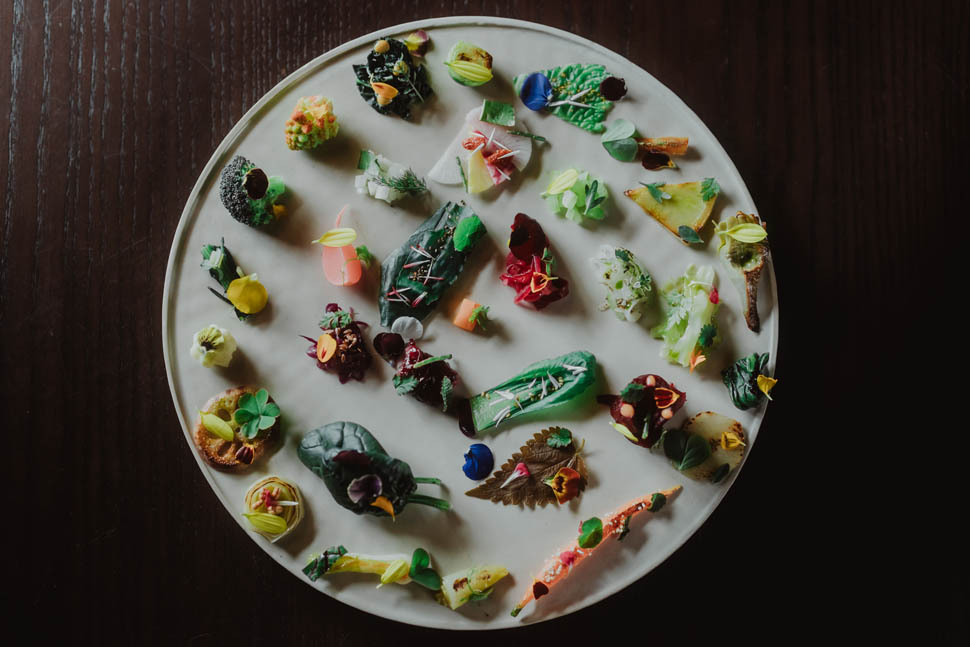
The definitive vegetable push comes with the Cauliflower dessert, the third non-sweet seasonal dish after Carrot in spring and Corn in summer. Giulia Seveso proves to be not only technically skilled. She works in symbiosis with her partner Alessandro, weaving endings that perfectly fit with what precedes them, focusing on palate sustainability rather than knocking it out. "I am convinced that there are vegetables that can be transformed into desserts with excellent results. In winter, there are no easy vegetables, they are almost all tubers and roots with strong tastes. Cauliflower is very divisive. However, it has incredible taste and texture properties. In its composition, it resembles the velvet of classic pastry cream and has a sweetness reminiscent of vanilla and tonka bean."
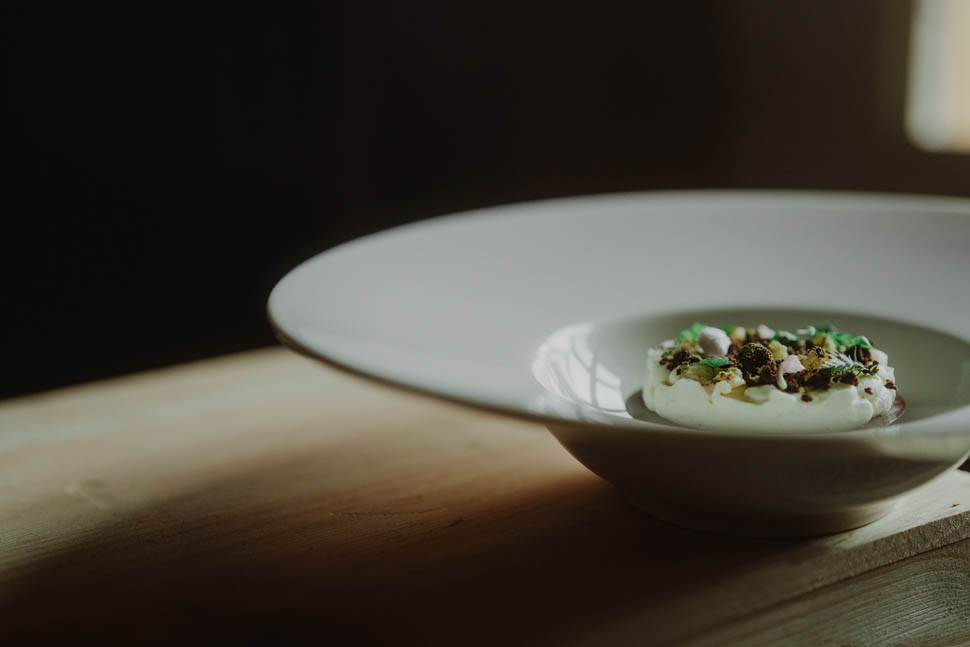
Il dessert proposto lavora a levare dolcezza al cavolfiore usando il cioccolato, per le sue proprietà acide. La base è di cioccolato soffiato, molto leggero, a cui è sovrapposto un cremoso al cioccolato e poi un disco di cioccolato temperato. Lo strato superiore è costituito da crema di cavolfiore con aggiunta di burro nocciola. Salendo, spuntano delle cimette cotte sottovuoto e poi scannellate. Chiudono delle chips di foglie di cavolfiore. Il cioccolato è la terra, il resto la pianta prima di essere raccolta. Un dessert di cui dissertare, fatto di spigoli diversi, dolci, amari e acidi. Conviventi e viventi.
The proposed dessert works to reduce the sweetness of the cauliflower using chocolate, for its acidic properties. The base is made of a very light puffed chocolate, topped with a chocolate cremeux and then a disc of tempered chocolate. The top layer is made of cauliflower cream with added brown butter. Going up, there are sous-vide florets that are then scored. It's finished with chips of cauliflower leaves. The chocolate is the earth, the rest are the plant before being harvested. A dessert to be discussed, made of different edges that are sweet, bitter, and acidic. Coexisting and alive.
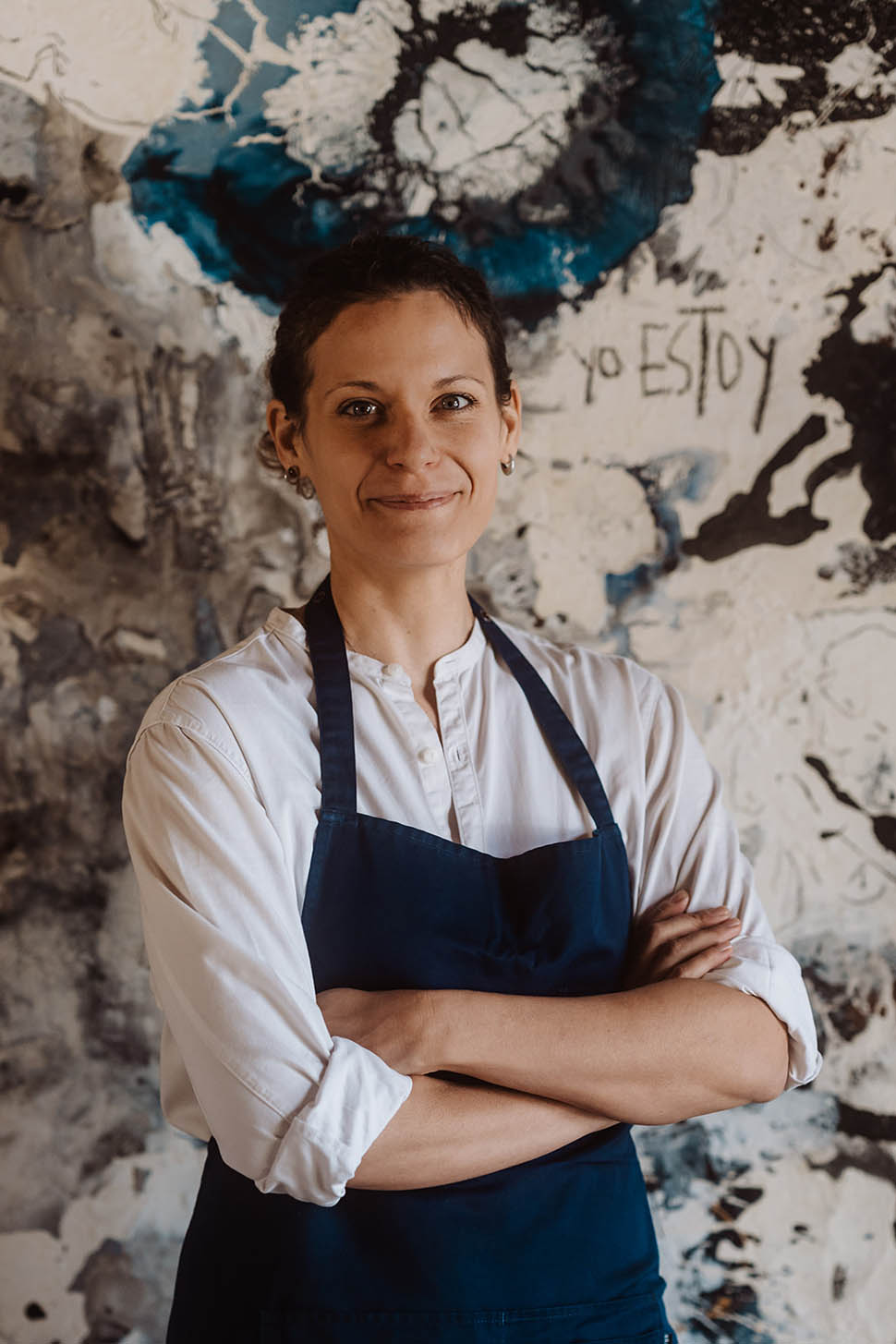
Now that we've spoiled the end for you without remorse, let's go back to the beginning and to the comfort and smell of home. For Alessandro, a Roman from Rome, it means 63° Egg in a carbonara, a gamble on tradition that sees a pop icon served by removing the carbohydrate, namely pasta, with attention not to leave too much space for saltiness: a mission accomplished even if the chef revealed to us that this result wasn't built in a day. In the other two dishes where ecumenical pleasantness is not lacking, the carbohydrate is definitely there. We wouldn't exactly call them popular dishes, but rather dishes with well-positioned edges.
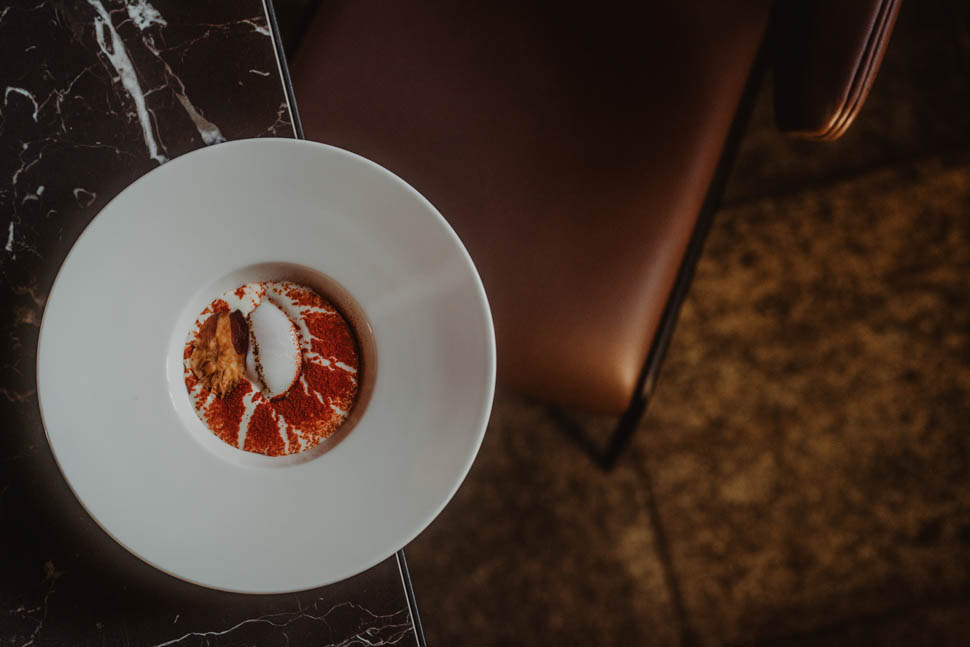
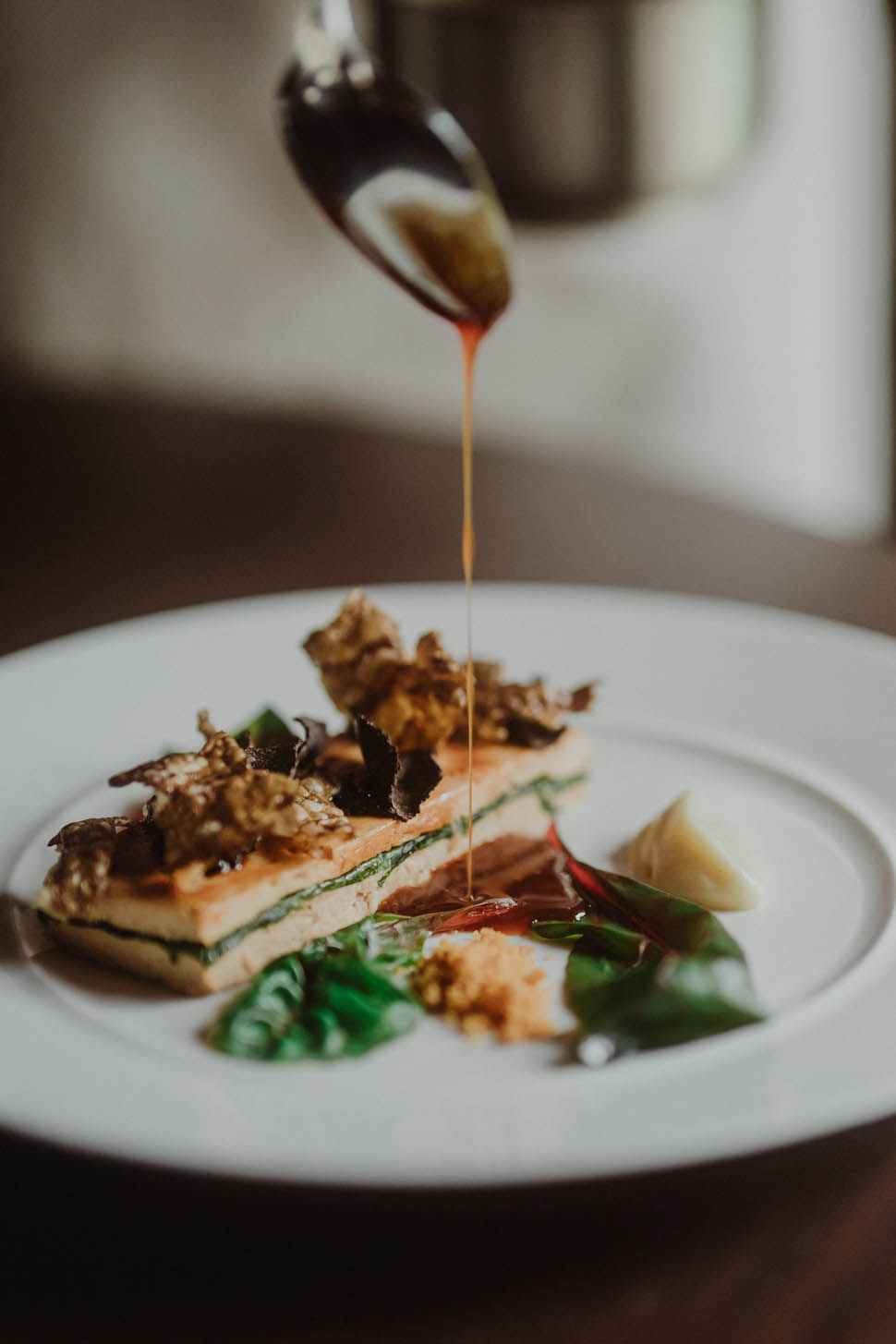
In the Potato Buttons, Salva Cremasco, artichokes, mint, and hazelnuts, it's the vegetable that bursts in the mouth and shifts the balance. Artichoke and mint are always something that belongs to the gastronomic history of the capital, here the bitterness is felt, yet it doesn't disturb, it converses with the potato and the Salva, it listens to them.
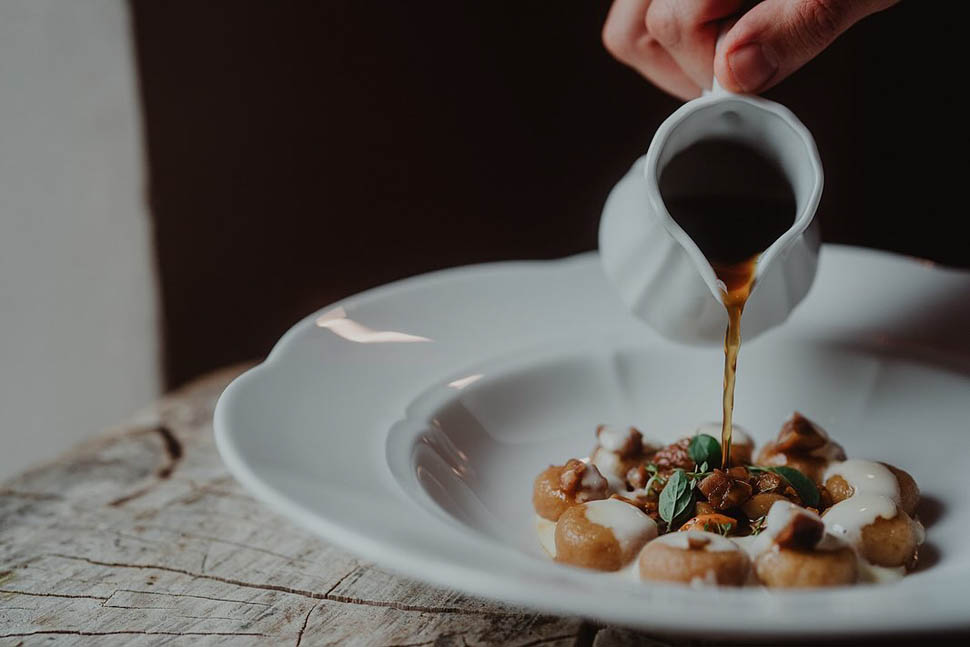
Following are the Buckwheat Tortelli, wild boar, Pannerone, tobacco, and bay leaf jus. A first course where the acidic propulsion of the local cheese from Cascina Carena enhances the wild sweetness of the wild boar and the coarseness of the flour. The bay leaf oil puts the bitter cherry on top. The wild boar broth flavored with tobacco leaves is the smoky note, from a hunting day.
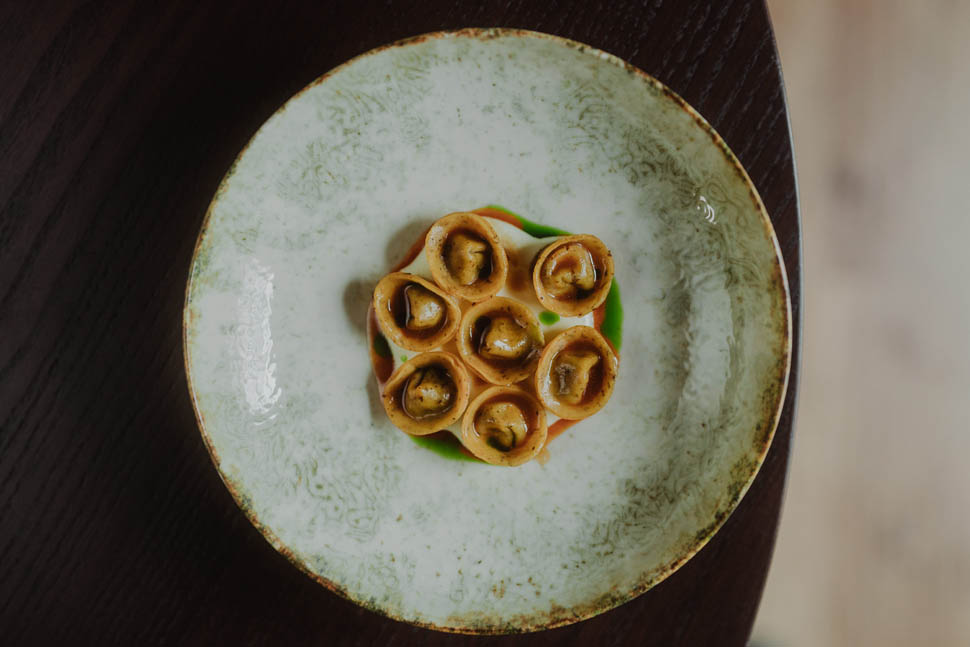
Even though La Coldana is a farm that does not produce on its own, it is a valuable project, where the same vitality of a farm of the past lives through the kitchen of Alessandro Proietti Refrigeri and the relationships full of passion that move his ideas and those of the partners Alessandro and Fabrizio.
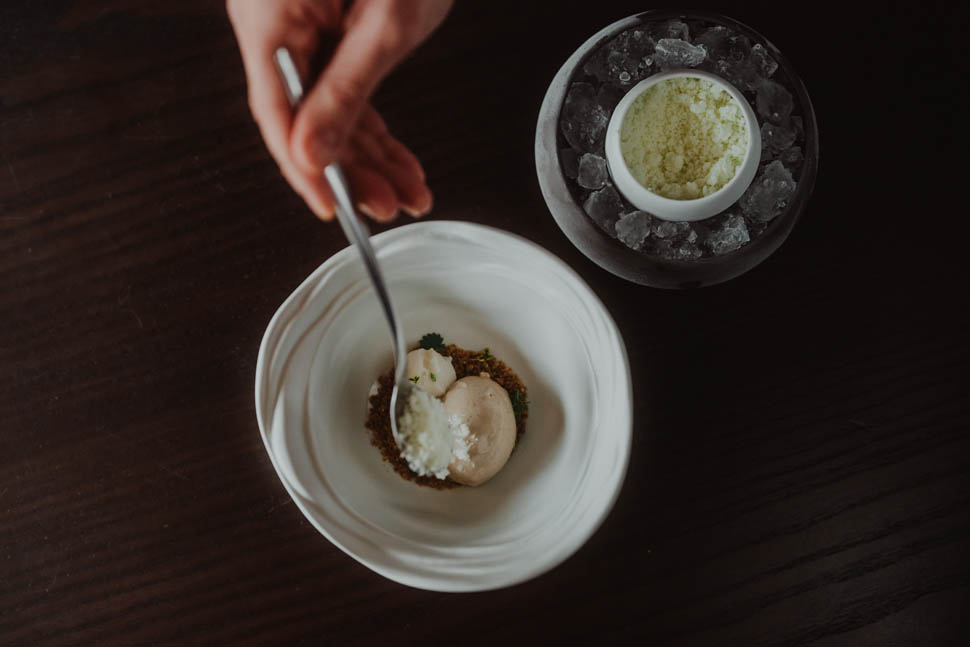
Contacts
La Coldana
via del costino, Cascina Coldana, 26900 Lodi LO
Phone: 0371 431742
